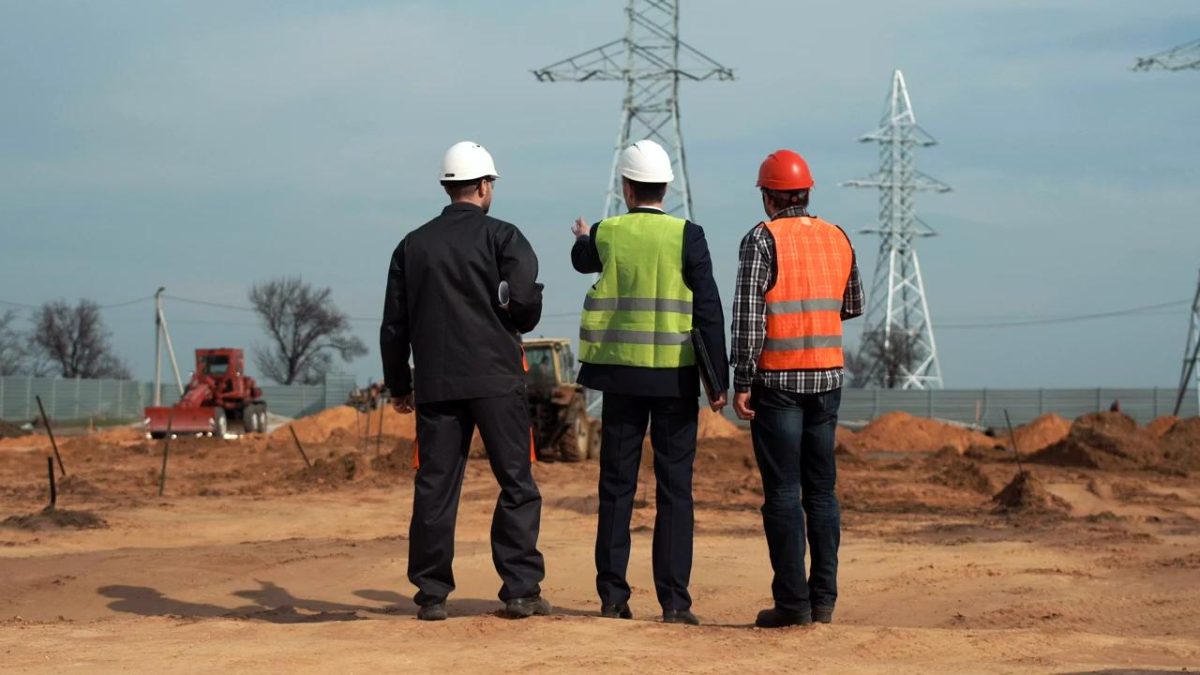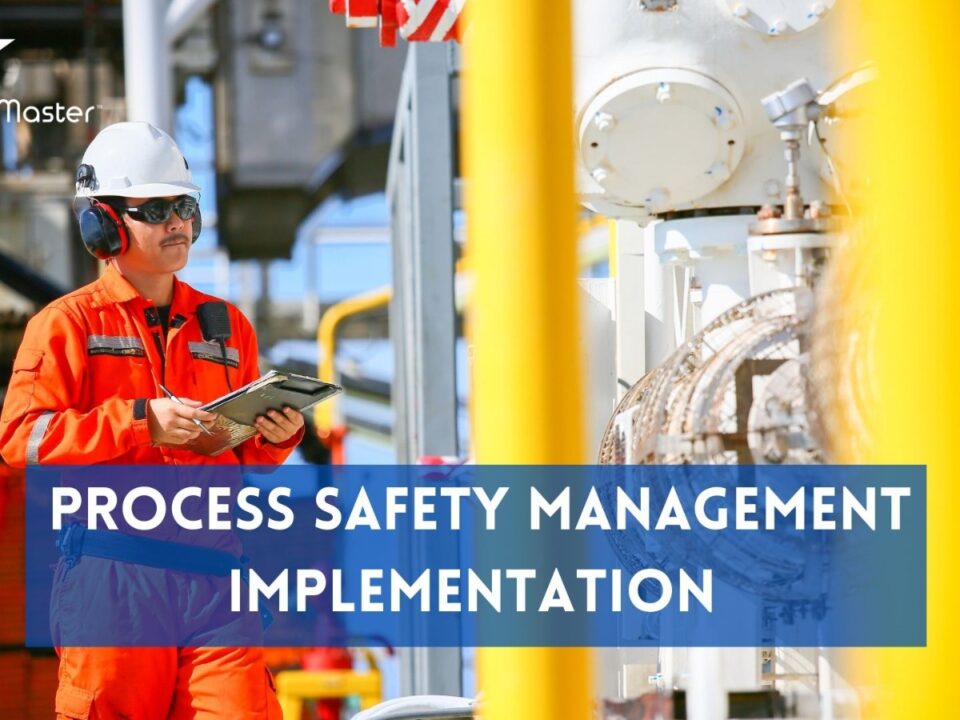Mitigating Risk in High-Risk Industries: Best Practices for Safety in Oil and Gas Refinery Industry

Mercury Handling Safety: Protocols and Precautions in Laboratory Settings
September 10, 2024
Effective Safety Communication: Using Safety Quotes, Slogans, and Messages to Inspire a Safer Workplace
September 18, 2024The oil and gas industry is one of the most crucial sectors in the global economy, providing energy resources that power nations and industries worldwide. However, it is also one of the most hazardous industries, with the potential for catastrophic incidents that could lead to loss of life, environmental damage, and financial loss. Refining operations, in particular, present a unique set of risks due to the volatile nature of the substances being processed, the complexity of the equipment, and the high-pressure environments involved. Given these inherent dangers, it is imperative that companies operating in the oil and gas sector adopt best practices for safety to mitigate risks effectively.
In this article, we will explore various strategies and practices that are essential for minimizing risks and enhancing safety in oil and gas refineries. These best practices cover safety management systems, engineering controls, training programs, regulatory compliance, and emergency response planning.
1. Implement a Comprehensive Safety Management System (SMS)
A strong Safety Management System (SMS) is the foundation for minimizing risks in the oil and gas industry. An SMS is a structured framework that allows organizations to manage safety systematically. It includes the development of policies, procedures, and practices that identify, assess, and mitigate risks.
- Risk Assessment and Hazard Identification: Conducting a thorough risk assessment is crucial to identifying potential hazards in the refinery. This includes reviewing operational processes, identifying potential sources of fires, explosions, or chemical spills, and evaluating the likelihood and severity of incidents.
- Incident Reporting and Analysis: Implementing a system for reporting and analyzing near misses, accidents, and unsafe conditions can provide critical insights into areas that need improvement. Corrective actions must be taken based on these reports to prevent future incidents.
- Continuous Improvement: Regular audits and reviews of the safety management system ensure that the system remains effective. Lessons learned from incidents, technological advances, and changes in regulations should inform updates to safety policies and procedures.
2. Adopt Robust Engineering Controls
Engineering controls are essential in minimizing the risks associated with oil and gas refinery operations. These controls can help to reduce the likelihood of accidents by incorporating safety features into the design of equipment, infrastructure, and processes.
- Fire and Explosion Prevention: Refineries handle highly flammable substances, making fire and explosion prevention a top priority. Installing fire detection and suppression systems, using explosion-proof equipment, and implementing emergency shutdown systems can significantly reduce the risk of these incidents.
- Process Control Systems: Advanced process control systems can monitor pressure, temperature, and flow rates in real-time, ensuring that operations stay within safe limits. These systems can trigger alarms or automatically shut down processes if dangerous conditions arise.
- Corrosion and Material Integrity Management: The materials used in refinery equipment must withstand harsh conditions, including exposure to corrosive substances, high temperatures, and pressure. Regular inspections, maintenance programs, and the use of corrosion-resistant materials can prevent equipment failures that may lead to leaks or explosions.
3. Comprehensive Employee Training and Competency Development
One of the most critical aspects of safety in high-risk industries like oil and gas is ensuring that all personnel are properly trained and competent to carry out their tasks. Human error is a significant factor in many industrial accidents, and this risk can be minimized through rigorous training programs.
- Onboarding and Continuous Training: New employees must undergo thorough safety training before entering the refinery. However, safety training should not be a one-time event. Regular refresher courses, along with simulations of emergency situations, keep employees sharp and prepared for potential hazards.
- Role-specific Training: Different roles within the refinery require different safety knowledge. Operators, maintenance personnel, and emergency responders should receive training tailored to the specific risks and responsibilities of their positions.
- Behavior-based Safety Programs: Encouraging a culture of safety is key to reducing accidents. Behavior-based safety programs can help to instill safe work habits by rewarding employees for following safety protocols and encouraging peer-to-peer observation and feedback.
4. Ensure Compliance with Regulatory Standards
Compliance with national and international safety regulations is not only a legal requirement but also a critical component of risk mitigation in the oil and gas industry. Regulatory bodies such as OSHA (Occupational Safety and Health Administration), EPA (Environmental Protection Agency), and NFPA (National Fire Protection Association) provide guidelines and standards for safe operations.
- Regular Audits and Inspections: Conducting frequent internal audits and inspections ensures that the refinery complies with relevant regulations and standards. Third-party audits can provide an impartial assessment of the refinery’s safety practices.
- Permit-to-Work (PTW) Systems: A robust PTW system is essential for managing high-risk activities such as hot work, confined space entry, and maintenance of critical equipment. The PTW system ensures that necessary precautions are taken, and hazards are controlled before work begins.
- Environmental and Health Standards: Refineries must also comply with environmental regulations that govern emissions, waste management, and water usage. Monitoring and controlling pollution not only protects the environment but also reduces the risk of health hazards for workers and the surrounding community.
5. Develop a Strong Emergency Response Plan
Despite all preventive measures, accidents can still occur. A well-prepared and rehearsed emergency response plan is vital to minimize the impact of an incident and protect workers, the public, and the environment.
- Emergency Drills and Simulations: Regular emergency drills, including fire, explosion, and hazardous material spill simulations, ensure that employees are familiar with evacuation routes, emergency shutdown procedures, and how to use safety equipment such as fire extinguishers and respirators.
- Crisis Management Team: A dedicated crisis management team should be established to coordinate the response to major incidents. This team is responsible for making critical decisions during an emergency, liaising with local authorities, and communicating with the media and the public.
- Medical Response: First aid stations and medical personnel should be readily available on-site to provide immediate care to injured workers. Additionally, partnerships with local hospitals and emergency services ensure that injured workers receive timely medical treatment.
6. Promote a Safety Culture
Beyond systems, technology, and compliance, fostering a strong safety culture within the organization is crucial for long-term success. A safety culture is a set of shared beliefs and attitudes towards safety that prioritize worker well-being over productivity.
- Leadership Commitment: Safety starts at the top. When leadership prioritizes safety and sets clear expectations, employees are more likely to follow suit. Leaders must demonstrate their commitment through visible actions such as conducting safety inspections, participating in safety meetings, and addressing safety concerns promptly.
- Employee Involvement: Involving employees in safety committees and encouraging them to contribute to safety improvements empowers them to take ownership of safety. Workers on the front lines often have valuable insights into potential hazards and can provide practical solutions.
- Recognition and Rewards: Recognizing and rewarding employees who consistently follow safety protocols and contribute to improving safety can motivate others to adopt safe behaviors. Safety awards, bonuses, and public recognition are effective ways to reinforce the importance of safety.
Conclusion
The oil and gas refinery industry is inherently high-risk, but with the right safety measures, these risks can be significantly mitigated. Implementing a comprehensive safety management system, adopting advanced engineering controls, ensuring employee competency, complying with regulations, preparing for emergencies, and fostering a strong safety culture are all critical steps in protecting workers, the environment, and assets.
By following these best practices, companies in the oil and gas sector can not only minimize the risk of catastrophic incidents but also create a safer and more efficient work environment that contributes to long-term success. Safety is not just a regulatory requirement—it’s a business imperative.




